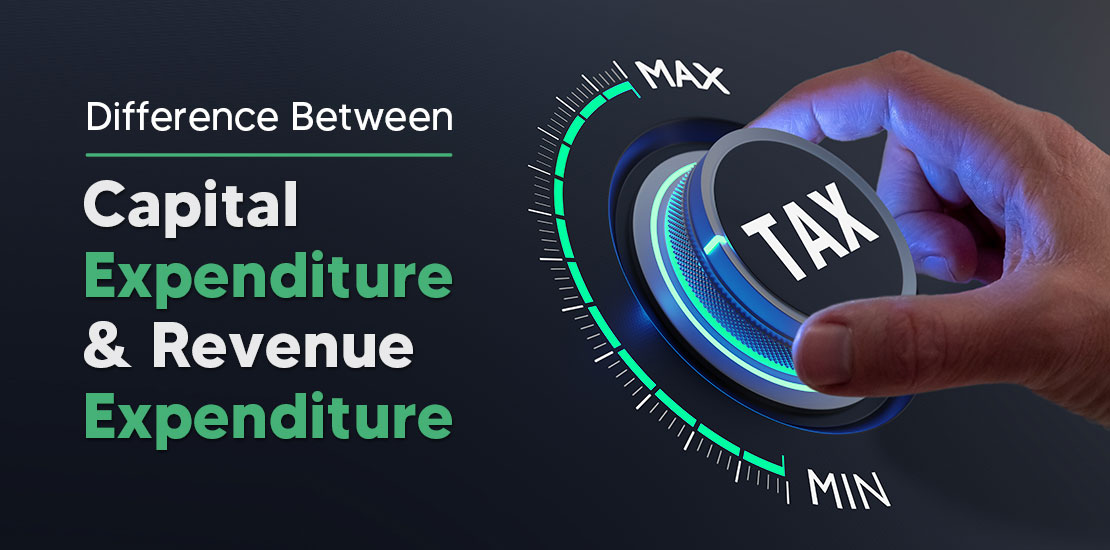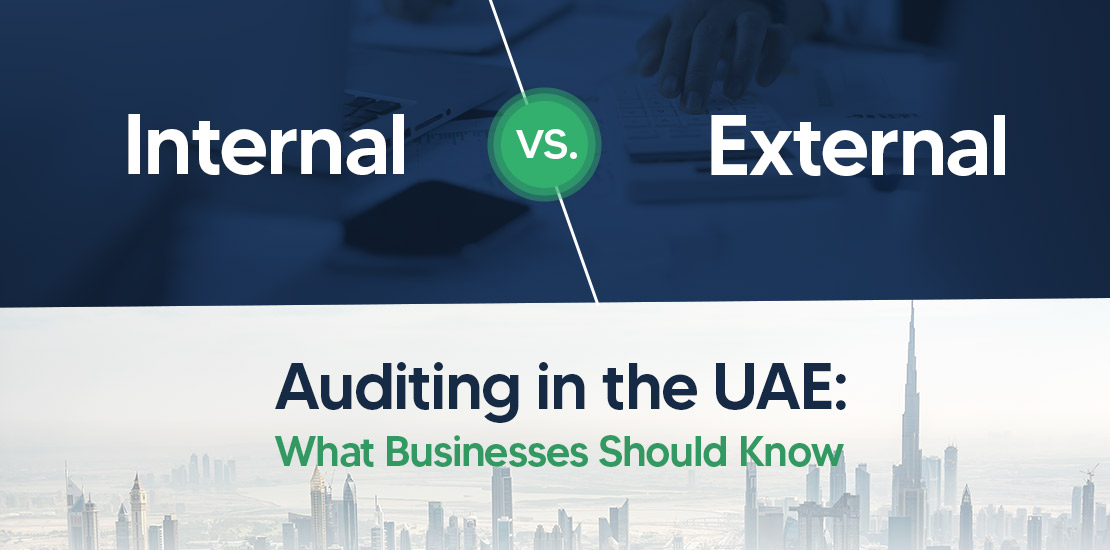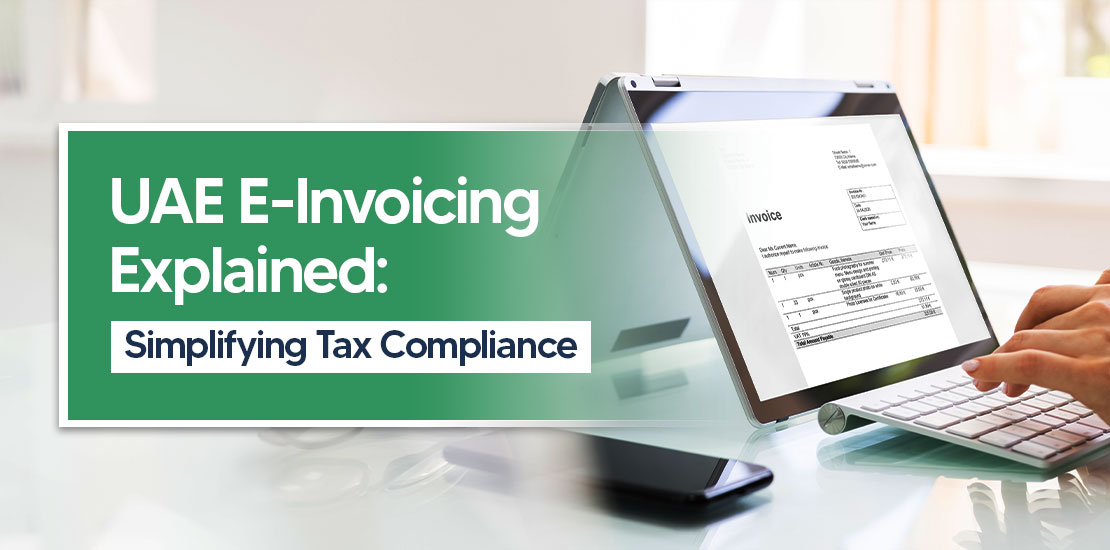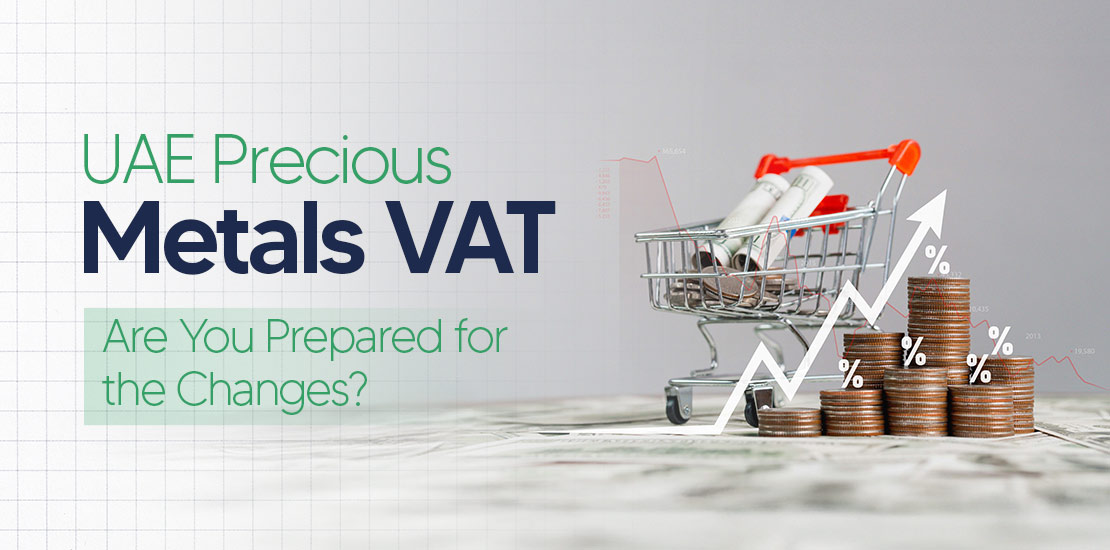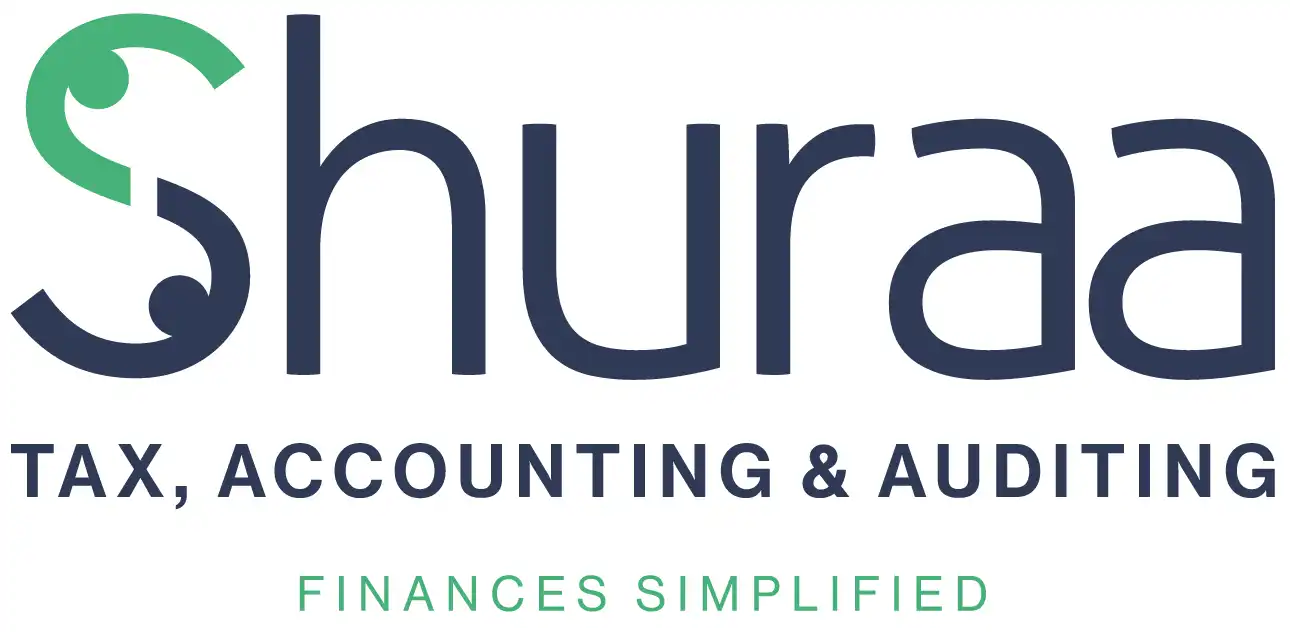Table of Contents
- What is Capital Expenditure?
- Types of Capital Expenditure
- Importance of Capital Expenditure
- Examples of Capital Expenditures
- What is Revenue Expenditure?
- Types of Revenue Expenditures
- Importance of Revenue Expenditure
- Examples of revenue expenditure
- Tax Implications of Capital and Revenue Expenditure
- Difference Between Capital Expenditure and Revenue Expenditure
- Capital vs Revenue Expenditure
Understanding how a business spends its money is crucial for long-term success. Among the most critical financial classifications are capital expenses and revenue expenses—two terms that often confuse even seasoned professionals. While both are essential to running and growing a business, they serve distinct purposes and have different impacts on financial statements.
In this blog, we’ll break down the key differences between capital expenditure and revenue expenditure, helping you make more informed financial decisions and stay ahead in your business strategy.
What is Capital Expenditure?
Capital Expenditure (CapEx) refers to the funds used by a company or government to acquire, upgrade, and maintain physical assets such as property, buildings, industrial plants, technology, or equipment.
In the UAE, capital expenditure is crucial for both the public and private sectors to drive economic growth and infrastructure development. Businesses invest in CapEx to expand operations, improve efficiency, or introduce new products.
Types of Capital Expenditure
Capital expenditures (CapEx) refer to investments made by a company to acquire, upgrade, or maintain its physical assets. Here are the main types of capital expenditures:
1. Property, Plant, and Equipment (PP&E)
This includes expenditures for acquiring or upgrading physical assets, such as buildings, machinery, land, and equipment. These Jare typically long-term investments used in operations.
2. Intangible Assets
These expenditures are for acquiring or developing intangible assets, including patents, trademarks, copyrights, and software.
3. Infrastructure Investments
This includes spending on developing or upgrading infrastructure, such as roads, utilities, or communication networks.
4. Leasehold Improvements
This involves expenditures for modifying or improving leased property, such as renovations to office space or retail stores.
5. Research and Development (R&D)
Some companies classify their R&D expenditures as capital investments, particularly when they result in the development of a new product or technology that will yield long-term benefits.
6. Acquisitions
When a company acquires another business or its assets, such as property or equipment, it is considered a capital expenditure.
7. Upgrades and Modernisations
Spending on upgrading or modernising existing equipment or facilities to enhance productivity or extend their useful life.
8. Expansion Projects
This includes building new facilities, adding new production lines, or expanding operational capacity.
9. Technology Investments
Purchasing or developing new technology systems or software that are expected to provide long-term value.
These expenditures are typically capitalised and depreciated over time rather than expensed in the period they occur.
Importance of Capital Expenditure
Capital expenditure (CapEx) refers to the funds a business uses to acquire, upgrade, and maintain physical assets, including property, buildings, technology, and equipment. Here’s why it’s important:
1. Business Growth and Expansion
Capital expenditures (CapEx) help businesses expand their operations by investing in new assets or facilities. This is crucial for scaling up and entering new markets.
2. Long-Term Value Creation
Unlike operational expenses, capital expenditures are investments in long-term assets. They generate returns over several years, enhancing the company’s future earnings potential.
3. Improved Efficiency and Productivity
Upgrading machinery or technology through capital expenditures (CapEx) can lead to improved efficiency, reduced downtime, and enhanced productivity.
4. Competitive Advantage
Investing in modern equipment or infrastructure can help a business stay ahead of competitors and adapt to changing industry standards.
5. Compliance and Safety
Capital expenditures (CapEx) are often necessary to meet regulatory requirements, ensure workplace safety, and avoid legal issues.
6. Asset Appreciation
Some capital expenditures, such as real estate or high-quality machinery, may appreciate over time, thereby enhancing the company’s balance sheet.
7. Tax Benefits
Certain capital expenditures may be eligible for depreciation, which reduces taxable income over time.
Examples of Capital Expenditures
Here are some common examples of capital expenditures (CapEx):
1. Purchase of Property, Plant, and Equipment (PP&E)
- Buying land
- Constructing buildings or factories
- Purchasing machinery, equipment, or vehicles
2. Upgrading Existing Assets
- Renovation of office space
- Replacing outdated equipment with more advanced models
3. Technology and Software
- Buying computers or IT infrastructure
- Developing or purchasing software (if it’s for long-term use)
4. Intangible Assets
- Acquiring patents, trademarks, or licenses
- Long-term research and development (R&D) projects
5. Infrastructure
- Building roads, bridges, or power plants (common in the public sector and utilities)
6. Expansion Projects
- Opening new branches or facilities
- Investing in new product lines or services
What is Revenue Expenditure?
Revenue Expenditure (RevEx) refers to the day-to-day operational expenses incurred by a business to maintain and run its regular activities.
In the UAE, revenue expenditure includes costs such as salaries, rent, utility bills, maintenance, and raw materials. These expenses are essential for the smooth functioning of a business, but do not result in the acquisition of long-term assets. Unlike capital expenditure, RevEx is fully charged to the income statement in the same accounting period, directly affecting a company’s profitability.
Types of Revenue Expenditures
Revenue expenditures (RevEx) are the costs incurred by a company for its day-to-day operations and maintenance. These expenses are typically short-term and are charged directly to the income statement in the accounting period in which they are incurred. Here are the main types of revenue expenditures:
1. Operating Expenses
These are recurring costs essential for daily business operations, including salaries, wages, utility bills, rent, and office supplies.
2. Repairs and Maintenance
These expenditures involve routine upkeep of assets to keep them in working condition, such as machinery servicing, minor part replacements, and building repairs.
3. Selling and Distribution Expenses
Costs incurred to market, sell, and distribute products or services, including advertising, promotions, packaging, shipping, and sales commissions.
4. Administrative Expenses
General overhead costs required for managing the business, such as legal fees, audit charges, communication expenses, and stationery.
5. Depreciation and Amortisation
These are non-cash expenses reflecting the reduction in value of tangible and intangible assets over time due to use or obsolescence.
6. Cost of Goods Sold (COGS)
Direct costs are associated with producing goods or services, including raw materials, direct labour, and factory overheads.
7. Interest on Short-Term Loans
Interest paid on loans or credit facilities used to fund working capital or the daily operations of the business.
8. Utilities and Consumables
Payments for electricity, water, internet, and other consumables used in regular business processes.
9. Employee Benefits
Additional costs, such as bonuses, allowances, insurance, and retirement benefits paid to employees during the normal course of employment.
Importance of Revenue Expenditure
Revenue expenditure refers to the costs incurred for the day-to-day running of a business. These expenses are short-term and recurring, such as rent, salaries, utility bills, repairs, and raw materials.
Here’s why revenue expenditure is essential:
1. Maintains Daily Operations
Revenue expenses ensure the smooth functioning of daily business activities, helping the company continue its operations without interruption.
2. Supports Revenue Generation
These costs are directly tied to the business’s income-generating activities. For example, spending on raw materials enables production, which leads to sales.
3. Immediate Impact on Profit & Loss
Revenue expenditures are fully charged against the income of the same accounting period, affecting the net profit or loss. Managing them wisely is key to maintaining profitability.
4. Ensures Asset Efficiency
Spending on regular maintenance and repairs keeps assets in good working condition, preventing bigger capital costs down the line.
5. Compliance and Legal Obligations
Certain revenue expenses, such as audit fees, licensing, or employee salaries, are legally required and help the business stay compliant.
6. Employee & Customer Satisfaction
Regular expenses on employee wages, training, and customer service enhance job satisfaction and improve the customer experience.
Examples of revenue expenditure
Here are examples of revenue expenditure (RevEx) — these are the day-to-day operating costs necessary to run a business and maintain assets:
1. Manufacturing Industry
- Repairing machinery
- Buying raw materials (e.g., metals, chemicals)
- Paying wages to factory workers
- Utility bills for running machinery
2. Healthcare Industry
- Salaries of nurses, doctors, and admin staff
- Buying medicines and medical supplies (gloves, syringes)
- Cleaning and sanitisation costs
- Routine maintenance of medical equipment
3. Retail Industry
- Purchase of inventory for resale
- Store staff salaries
- POS system software subscription fees
- In-store promotional campaigns
4. Hospitality Industry (Hotels & Resorts)
- Laundry services
- Buying food and beverages for guests
- Housekeeping staff salaries
- Regular maintenance of air conditioning or plumbing
5. Construction Industry
- Wages for labourers and subcontractors
- Fuel for machinery and transport
- Maintenance of tools and equipment
- Daily operational site costs (security, water, power)
6. Transportation & Logistics
- Fuel costs
- Driver wages
- Vehicle servicing and minor repairs
- Toll and parking fees
Tax Implications of Capital and Revenue Expenditure
Capital and revenue expenditures have distinct tax implications.
- Capital Expenditure refers to the costs incurred to acquire or improve a long-term asset, such as machinery, buildings, or land. These expenditures are not deductible in the year they are incurred. Instead, they are capitalised and depreciated over time, allowing businesses to claim tax deductions through depreciation or amortisation based on the asset’s useful life. This reduces taxable income over multiple years.
- Revenue Expenditure is the money spent on day-to-day operations necessary to run the business, like salaries, rent, and utility bills. These expenses are deductible in the year they are incurred, directly reducing the taxable income for that year.
Proper classification of expenditures as capital or revenue is crucial for tax purposes, as it influences the timing and extent of tax deductions. Misclassification can result in tax penalties or missed opportunities for deductions.
Difference Between Capital Expenditure and Revenue Expenditure
Understanding the difference between capital expenditure (CapEx) and revenue expenditure (RevEx) is essential for accounting, financial analysis, and business decision-making. Both are crucial for a business’s functioning, but they differ in terms of their nature, purpose, and treatment in financial statements. Here’s a detailed explanation of each, along with the differences between them.
| Aspect | Capital Expenditure | Revenue Expenditure |
| Definition | Capital expenditure refers to the money spent on acquiring, upgrading, or extending long-term assets that will benefit the business over a long period. | Revenue expenditure refers to the money spent on day-to-day operations and the maintenance of assets used within the current accounting period. |
| Nature | Long-term in nature; expenditures typically benefit the company for many years to come. | Short-term in nature; expenditures are for immediate or short-term benefits. |
| Purpose | To acquire or improve fixed assets such as land, buildings, equipment, or vehicles. | To maintain and operate the existing assets and day-to-day operations of the business. |
| Accounting Treatment | Recorded as an asset on the balance sheet and depreciated over time. | Recorded as an expense on the income statement in the period in which they are incurred. |
| Examples | Purchase of machinery – Construction of a new building – Expansion of business premises | Salaries and wages – Rent – Utilities (electricity, water) – Repair and maintenance expenses |
| Effect on Profit & Loss | Does not directly affect profit and loss statement as it is capitalized. Depreciation is recorded over time. | This directly affects the profit and loss statement as they are charged in the period incurred. |
| Duration of Benefit | Provides benefits over multiple years. | Provides benefits within the same accounting period (usually within one year). |
| Tax Treatment | Typically depreciated or amortised over some time for tax purposes. | Fully deductible in the year it is incurred, reducing taxable income. |
| Size of the Amount | Generally, large amounts involve significant financial investment. | Relatively smaller amounts occur regularly and are recurring in nature. |
| Impact on Cash Flow | Affects cash flow in the long term but does not have an immediate effect. | Affects cash flow immediately as payments are made for operational needs. |
| Examples of Capital vs Revenue Expenditure | Purchase of equipment, construction of buildings, investments in long-term projects. | Office rent, employee salaries, vehicle fuel costs, and repairs. |
This distinction is crucial for businesses to manage their finances effectively and comply with accounting standards.
Capital vs Revenue Expenditure
In the realm of business finance, understanding capital vs revenue expenditure is key to maintaining accurate financial records and making informed strategic decisions. Capital expenses and revenue expenses serve different yet equally important purposes—CapEx supports long-term growth through investment in assets, while RevEx sustains daily operations and ensures business continuity.
Classifying these expenditures correctly not only enhances financial transparency but also optimises your tax planning. For businesses in the UAE and beyond, recognising the distinction between capital expenses and revenue expenses can drive better budgeting and long-term success.
Need expert support? Shuraa Tax is here to guide you through the complexities of capital vs revenue expenditure and more.
Contact us today for personalised assistance:
📞 Call: +(971) 44081900
💬 WhatsApp: +(971) 508912062
📧 Email: info@shuraatax.com



